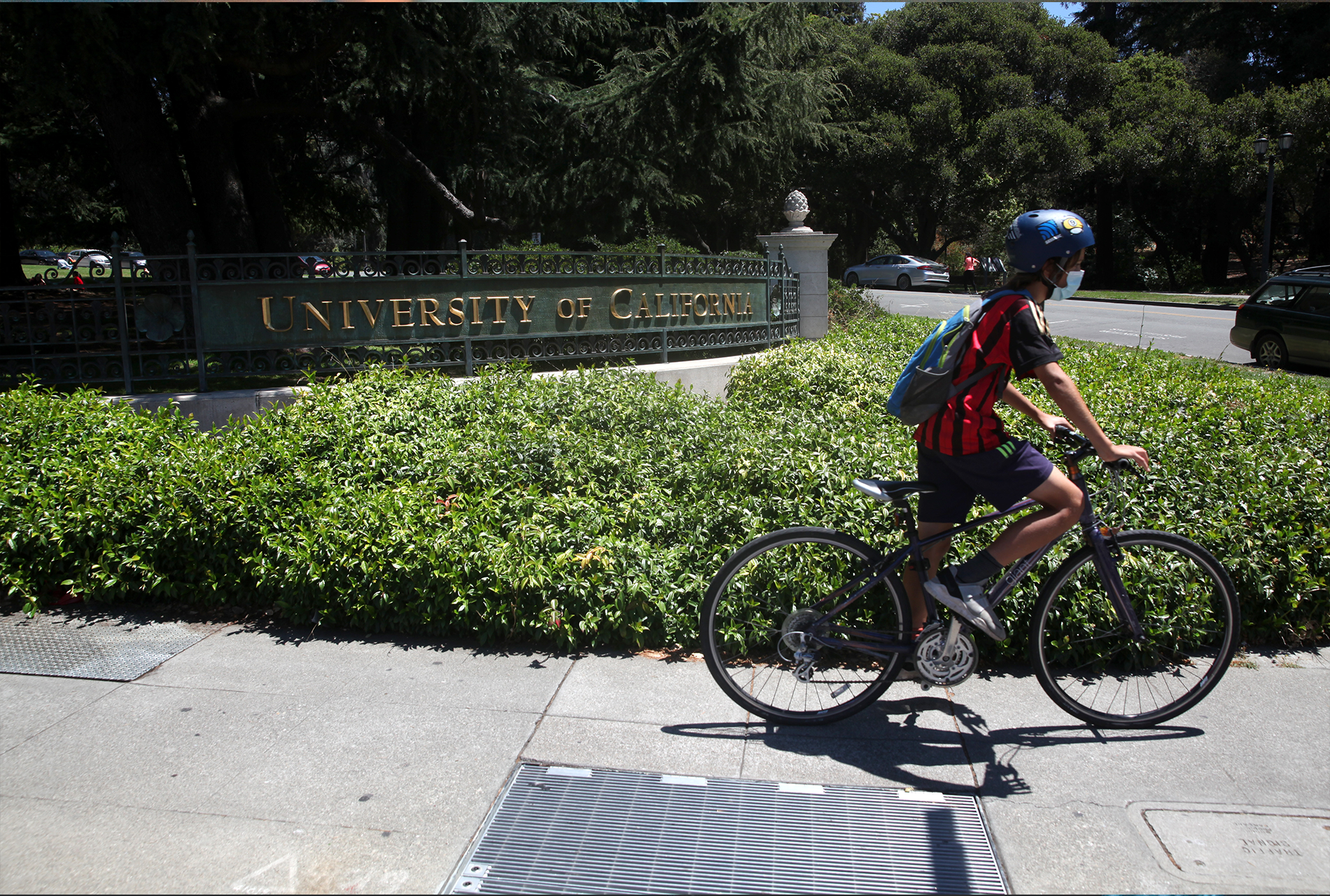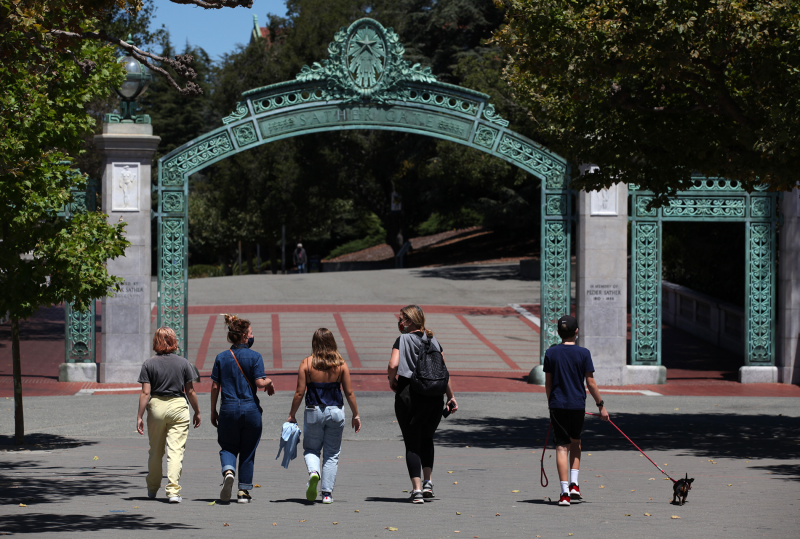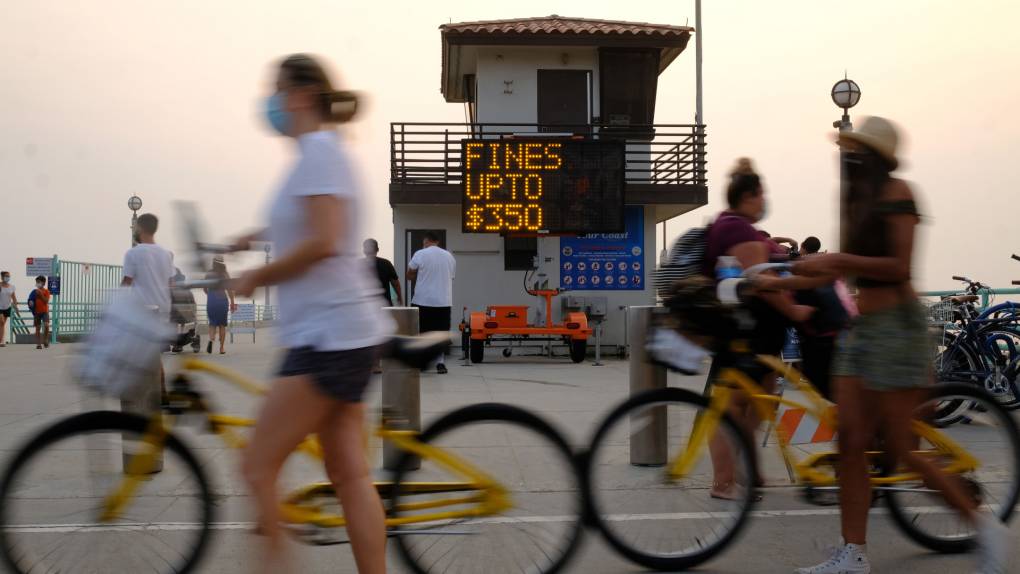Going maskless in Berkeley could now get you fined.
In an effort to crack down on those refusing to follow the city's mask and social distancing mandates, the Berkeley City Council passed an ordinance Tuesday night that allows enforcement officers to issue a $100 administrative citation if someone fails to comply after a warning.
The new mask ordinance will be enforced by environmental health and neighborhood services and other city divisions, who will focus on citing large gatherings in parks, restaurants and parties — especially involving college students.
Berkeley’s mask mandate requires everyone to wear a face covering when outside and within 30 feet of another person, unless you:
- Have documentation from a medical professional that advises you not to wear a face covering
- Have trouble breathing or a physical disability that prevents you from wearing a face covering
- Are not able to take off a face covering without help
- Are in a work situation where wearing a face covering would create a safety hazard
If you are deaf and use facial and mouth movements as part of communication, you're permitted to remove your mask while signing.
More than 20 cities and counties throughout California have already issued similar ordinances — including Contra Costa, Napa and Sonoma counties. To find out more about Berkeley's new ordinance, KQED spoke with:
- Kate Harrison, Berkeley Councilmember
- Thao Nguyen, The Daily Californian reporter and UC Berkeley student
- Eden Teller, Berkeleyside reporter who’s been covering this mandate
These interviews have been edited for clarity and brevity. Hear the full KQED Forum show here.
How does the mask ordinance actually work?
Eden Teller: It's another step up from the education, the encouragement, the social media campaigns that officials have had so far, to encourage people to wear masks. This is more for people who have been warned: They've been given the information, even been given a mask, and either they continue to hold parties at a certain location, [or] maybe it's a business that has tables too close together on its patio. But this is a step in between education and criminal action for people who are posing a public health risk.
Kate Harrison: The city has handed out 2,000 free masks and has done a lot in the education sphere. What we need, though, is an enforcement tool for those few people that refuse to wear a mask on repeated request.
The focus is on gatherings of more than 12 people. ... If we see gatherings of more than that in parks, or at parties, in outside restaurants without masks while they're not eating, we will be giving out warnings after first offering masks.

How will the law be enforced?
Kate Harrison: The police could hand out warnings and citations, but the focus is on it being our [Berkeley City Council] staff in code enforcement. It's like all of our administrative citations: They start with a warning, and then move to a citation — which is smaller at the first citation, then grows up to $500.


